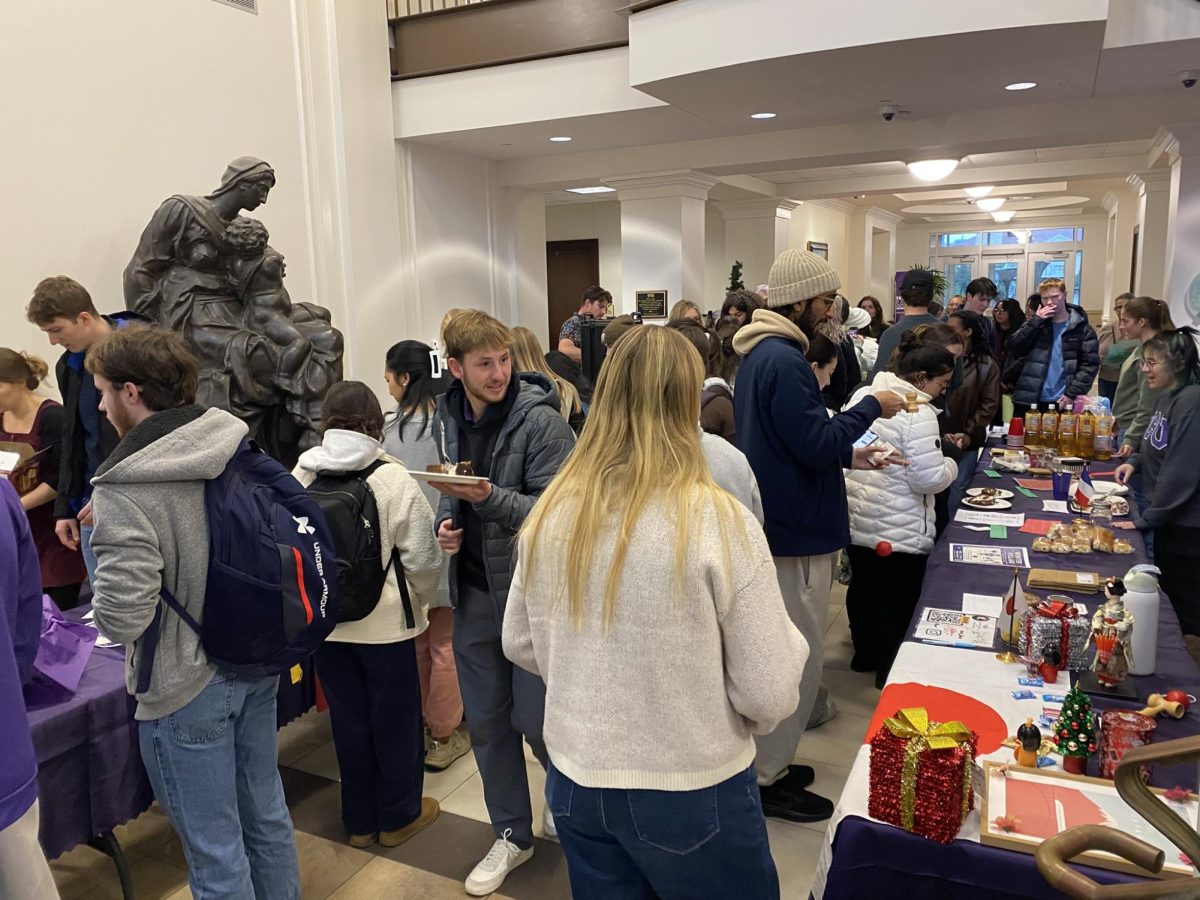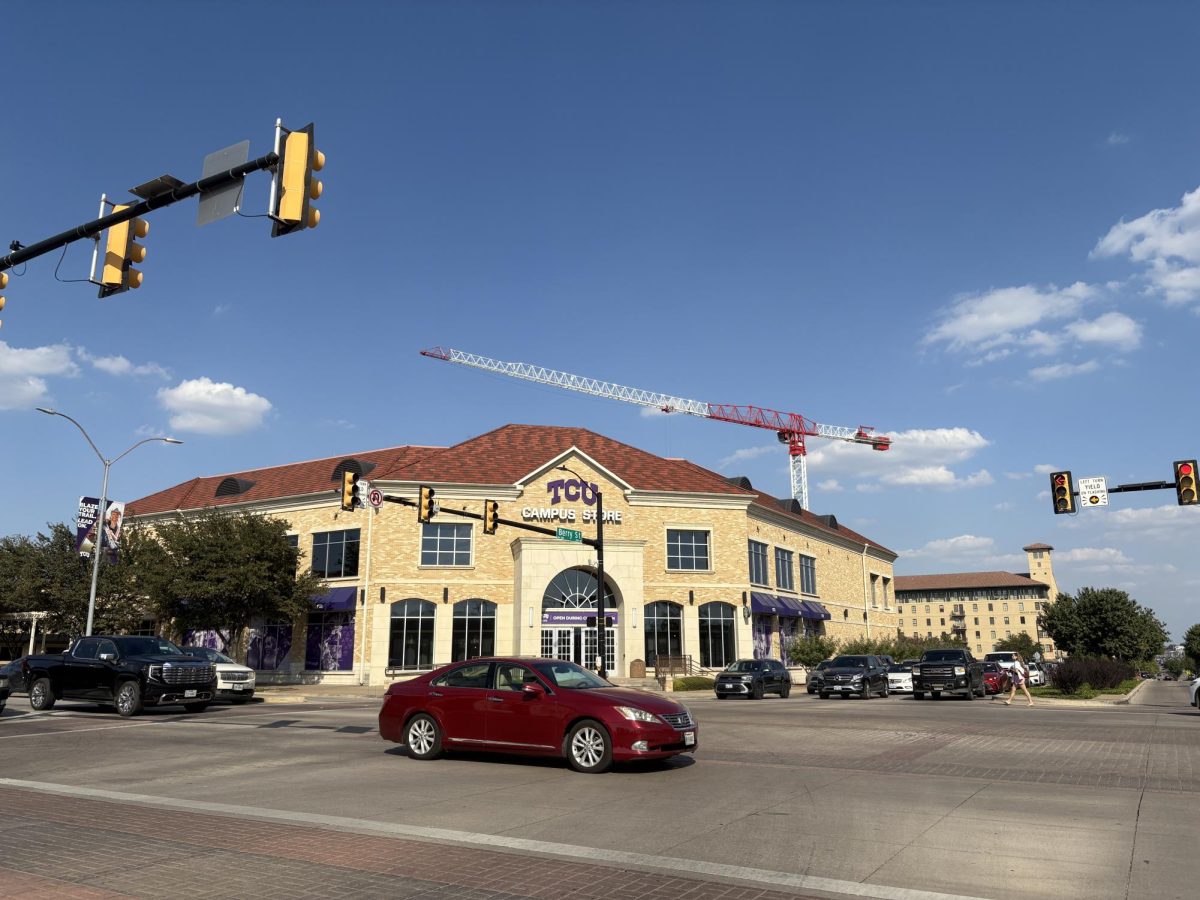The roles of culture and history on Latin American literature were discussed during a lecture in the BLUU Auditorium Monday night.
David William Foster, Regents’ Professor of both Spanish and women and gender studies at Arizona State University, said that culture plays an important role in the progression of Latin-American literature.
“One cannot read Latin-American literature without a grasp of the Latin-American history, the enormous changes in demographics, and the major shifts in social perspectives,” Foster said.
Spanish departments nationwide are teaching famous works of literature, but they are failing to show how art, theater, music and television are transforming Latin-American societies today, according to Foster.
“Spanish soap operas are as valid a form of the Spanish language and expression as the great Don Quijote,” Foster said.
However, Foster said that there is a great misunderstanding that Latin America is a Spanish-speaking region. The role of Portuguese as the national language of Brazil, South America’s largest country, is greatly overlooked, Foster said.
“Less than 10,000 students in universities across America are enrolled in Portuguese on a basic level,” Foster said. “We cannot speak intelligently about South American culture without an understanding of Portuguese.”
Foster also said that Latin-American culture is often influenced by urban societies. More than 70 percent of Latin Americans today live in cities of over one million people, he said.
Julia DeVincenzo, a sophomore communication studies major, said that Foster was able to express how views of Latin America are constantly changing.
“I thought Foster very intelligently addressed how the cultural history of Latin America is affecting how we view that society today,” DeVincenzo said.
Encouraging students to continue their studies of Latin America through cultural topics, Foster stressed the importance of remembering culturally significant events that shaped Latin-American history.
Foster said, “We must develop a new way to talk about Latin America through a new representation of Latin-American cultural memory.”




